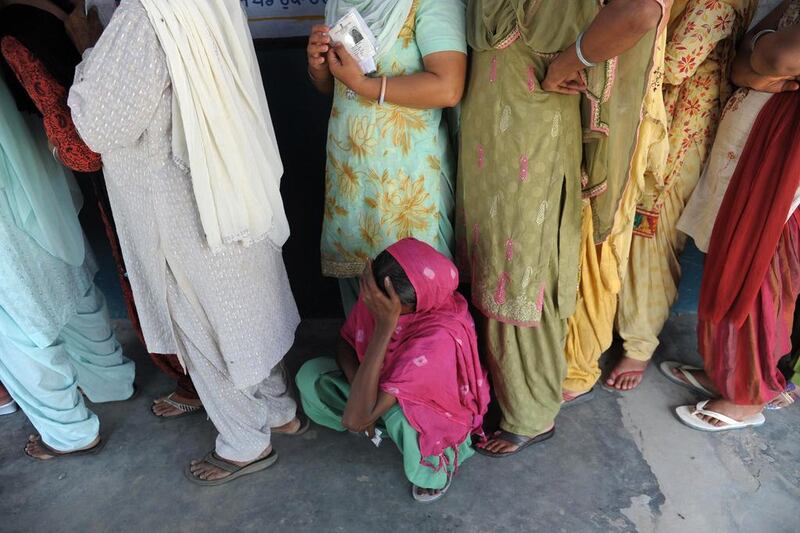New data released by the Indian government shows reports of human trafficking rose by almost 20 per cent in 2016 against the previous year, but campaigners said on Monday the figures failed to reflect the true magnitude of the crime.
The National Crime Records Bureau (NCRB) said there were 8,132 human trafficking cases last year against 6,877 in 2015, with the highest number of cases reported in the eastern state of West Bengal, followed by Rajasthan in the west.
The figures, however, remained a gross under-estimate as many cases went unreported, they said, with many people still unaware of the crime or lacking confidence to seek police help.
"The trend the data is reflecting is pretty accurate. Trafficking is on the increase and that should be a cause of concern for all stakeholders," said Anita Kanaiya from The Freedom Project, an anti-slavery charity.
"But the numbers themselves are far from ground reality. The number of trafficking cases will be many times more than what the data in the [NCRB] report states."
About 40 million people were living as modern slaves last year — either trapped in forced labour or forced marriages — says the United Nations International Labour Organisation and rights group Walk Free Foundation.
South Asia, with India at its centre, is one of the fastest-growing regions for human trafficking in the world.
Many victims are from poor rural areas and lured by traffickers with promises of good jobs, only to find themselves or their children forced to work in fields or brick kilns, enslaved in homes as domestic workers, or sold to brothels.
The NCRB data released on November 30 showed just over 60 per cent of the 23,117 victims rescued were children. Women and girls accounted for 55 per cent.
______________
Read more
Europe-Africa summit aims for evacuation of 3,800 migrants risking abuse
France warns Libya over sanctions after slave market footage emerges
Dubai foundation calls out companies for not doing enough to help abuse victims
______________
Forty-five per cent of victims were trafficked for the purposes of forced labour, and 33 per cent for sexual exploitation such as prostitution and child pornography.
Victims were also trafficked for domestic servitude, forced marriage, begging, drug peddling and the removal of their organs, the NCRB figures showed.
Anti-trafficking campaigners said the data reinforced their own findings that young girls were most at risk, especially from sexual slavery.
"From our case work which spans nearly a decade, we have seen that minor girls, particularly in the age bracket of 15-18 years are almost always trafficked in high numbers," said Adrian Phillips, an advocate from the charity Justice and Care.
"They are young and hence are in greater 'demand' in the sex trade industry," he added.
Campaigners say although the government response to human trafficking has improved in recent years, justice and support still eludes many victims, especially children.
The government has introduced an online platform to find missing children, signed bilateral anti-human trafficking pacts with nations such as Bangladesh and Bahrain and authorities are now working with charities to train law enforcement officers.
Prime minister Narendra Modi's government also plans to unveil India's first comprehensive law on human trafficking, which will unify existing laws, prioritise survivors' needs and provide for special courts to expedite cases.





